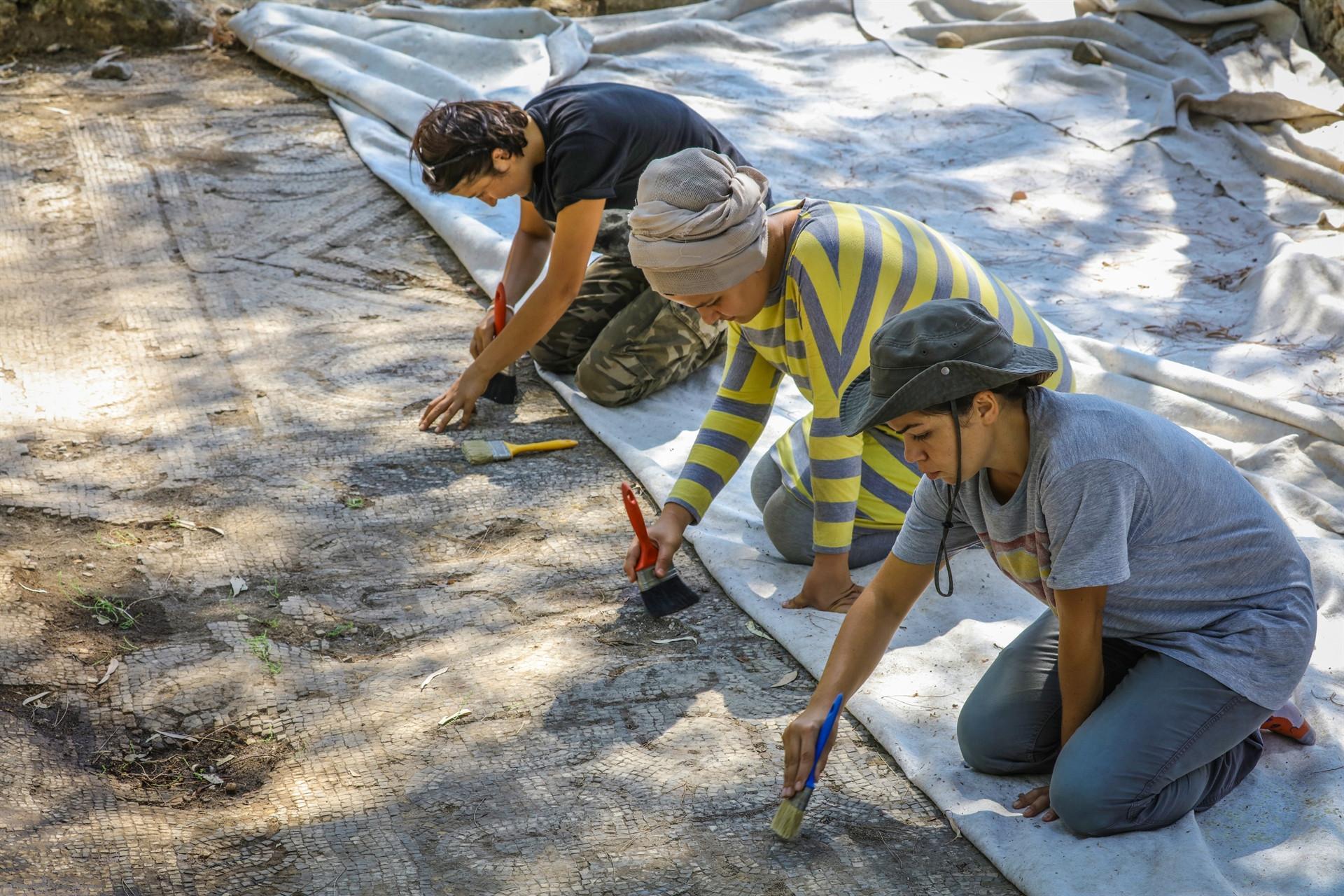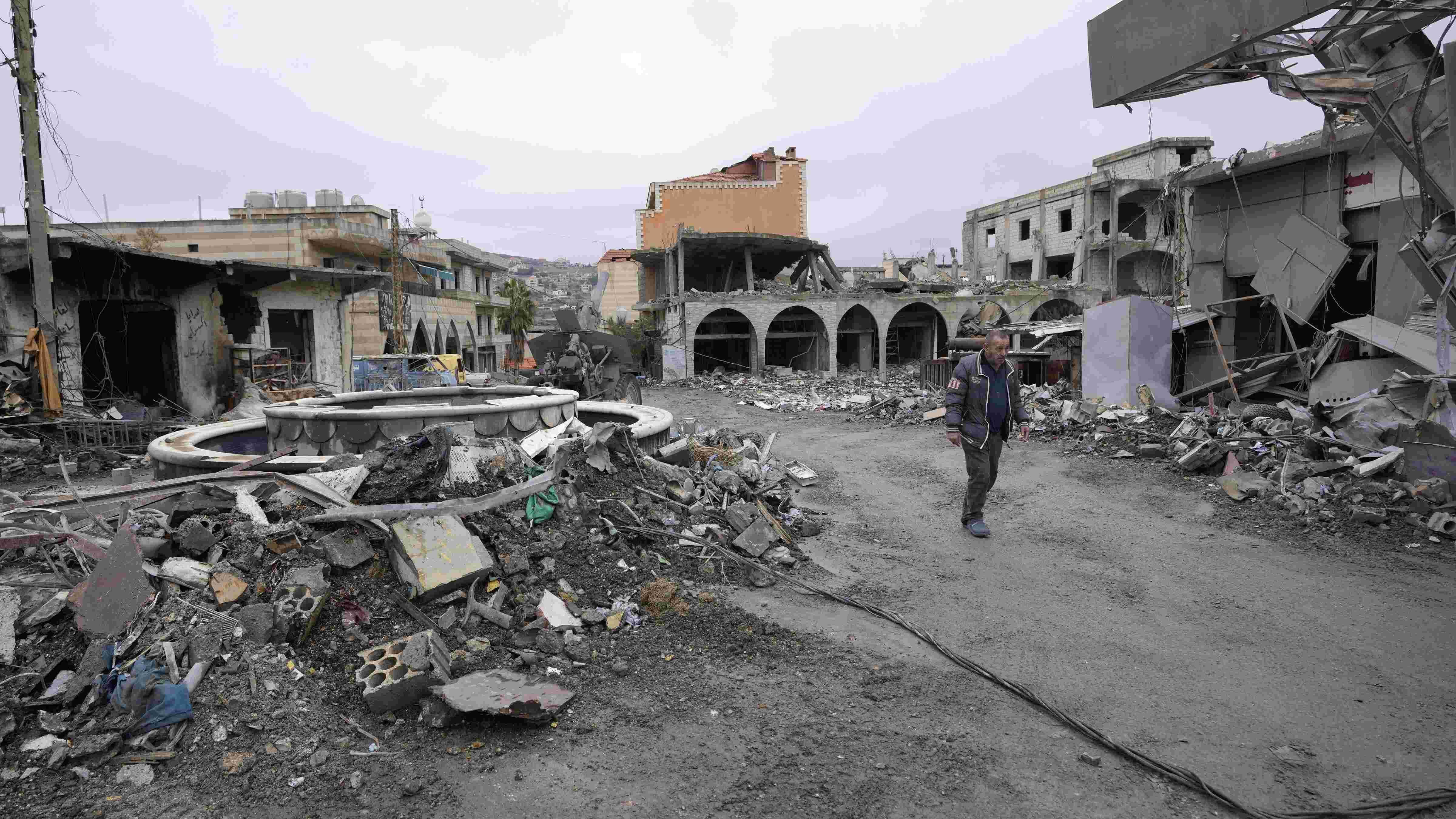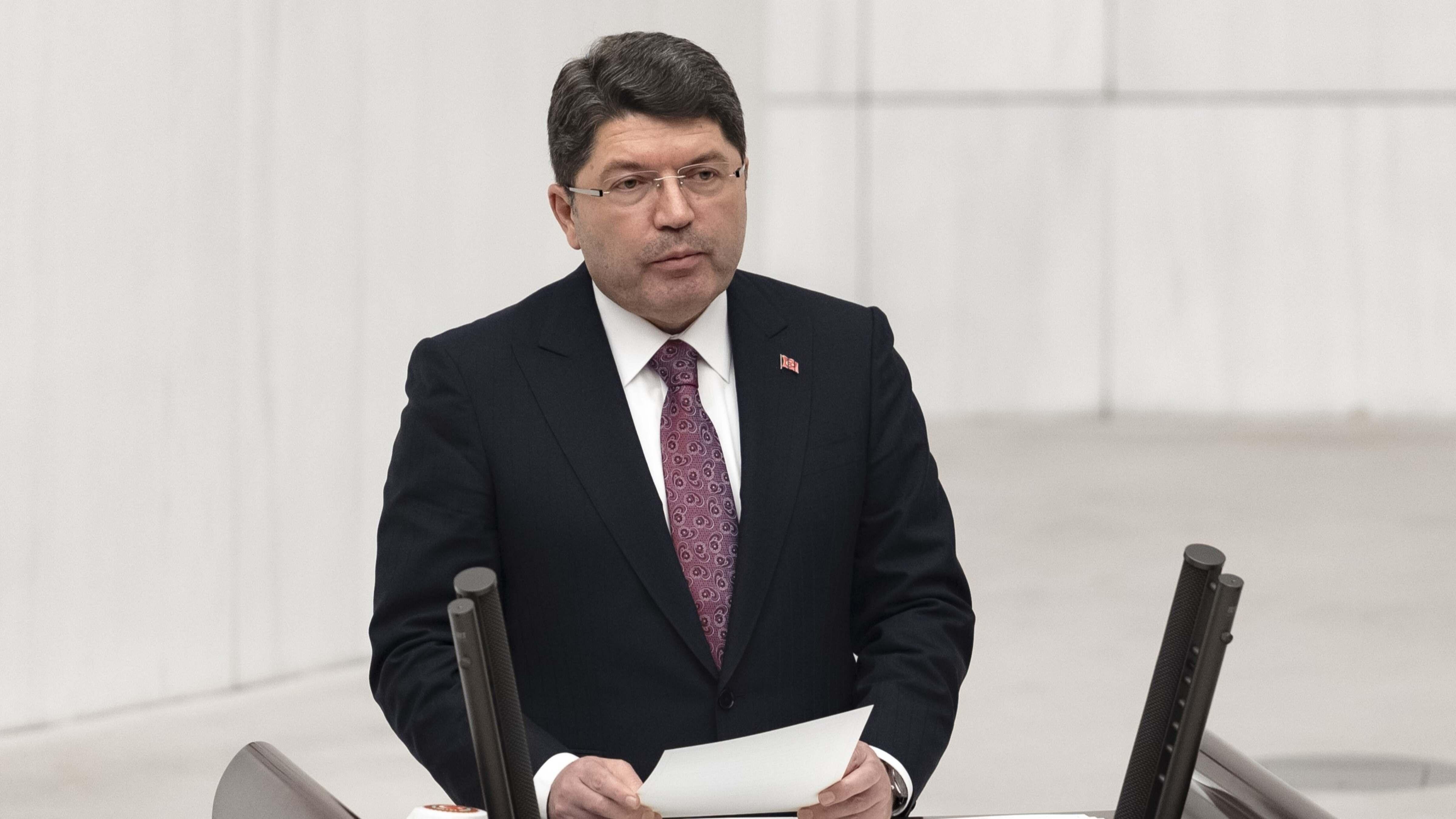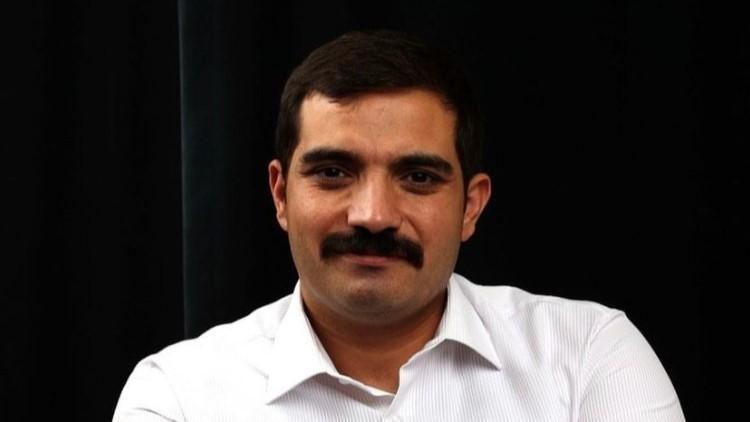Mosaics uncovered in ancient city after 41 years
ANTALYA

Mosaics dating back 1,600 years ago, which were discovered in 1976 during excavations in the ancient city of İdyrus in the southern province of Antalya’s Kemer district and then covered, have been uncovered once again.
Speaking to Anadolu Agency, Mustafa Demirel, the Antalya Museum director and the head of İdyrus excavations said ruins of a church and the Hellenistic, Roman, Byzantine and Seljuk settlements were found in Kemer.
Demirel said İdyrus is a modern ancient city established in the Ayışığı Cove and the church ruins reveal the phases of the ancient city from the Hellenistic era to the Roman and Eastern Roman era.
Some ruins and mosaics were unearthed by the Antalya Museum in 1976 in the ancient city but after that year, the excavations were stopped.
“After Antalya Governor Münir Karaloğlu’s visit, excavations have started again under the academic consultancy of assistant professor Murat Karademir with the participation of students from Selçuk University,” he added.
Demirel said mosaics were found in the ground of the church during surface surveys but when the excavations ended, the mosaics were covered again after being restored. After 41 years, the mosaics were uncovered under the inspection of the experts from the Antalya Restoration and Conservation Lab, he added.
Late-era mosaics
Demirel said excavations were focused on the church, which is believed to be in the center of the ancient city.
He said mosaics were used in the central nave (the place of religious ceremonies) and on the right and left side of the floor, adding they could see them clearly in the church.
“Here we see late-era mosaics with geometrical and botanical motifs. In the entrance of the western part, we found an inscription with the names of people who had made donations during its construction. We cannot find too many architectural units because only the foundation of the structure has so far survived. This is an important structure featuring the characteristics of the era. The names of the people, who were some form of sponsors for the structure, are written on the inscription,” he said.
Demirel said they also found wall ruins, three gates and an apse-like wall in the excavations, and that the floor of the church is covered with mosaics made of orange, tile red, white and grey stones.
Demirel said lots of candles and coins from the Roman era were unearthed in the excavations.
Kemer District Governor Mustafa Cihad Feslihan said the goal of completely unearthing the ancient city is to contribute to cultural tourism in Kemer. He said they plan to turn the field into an archaeology park.
















